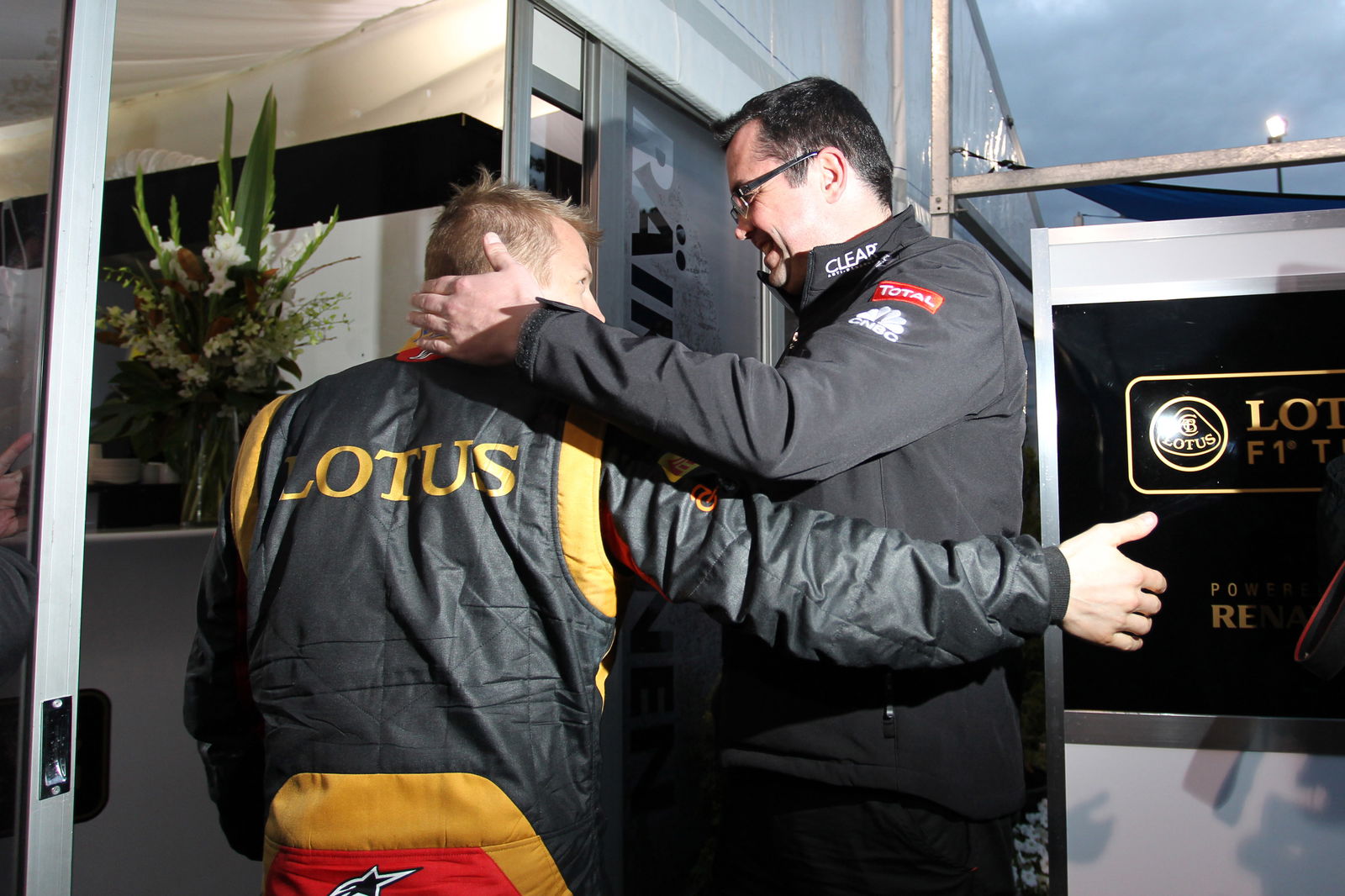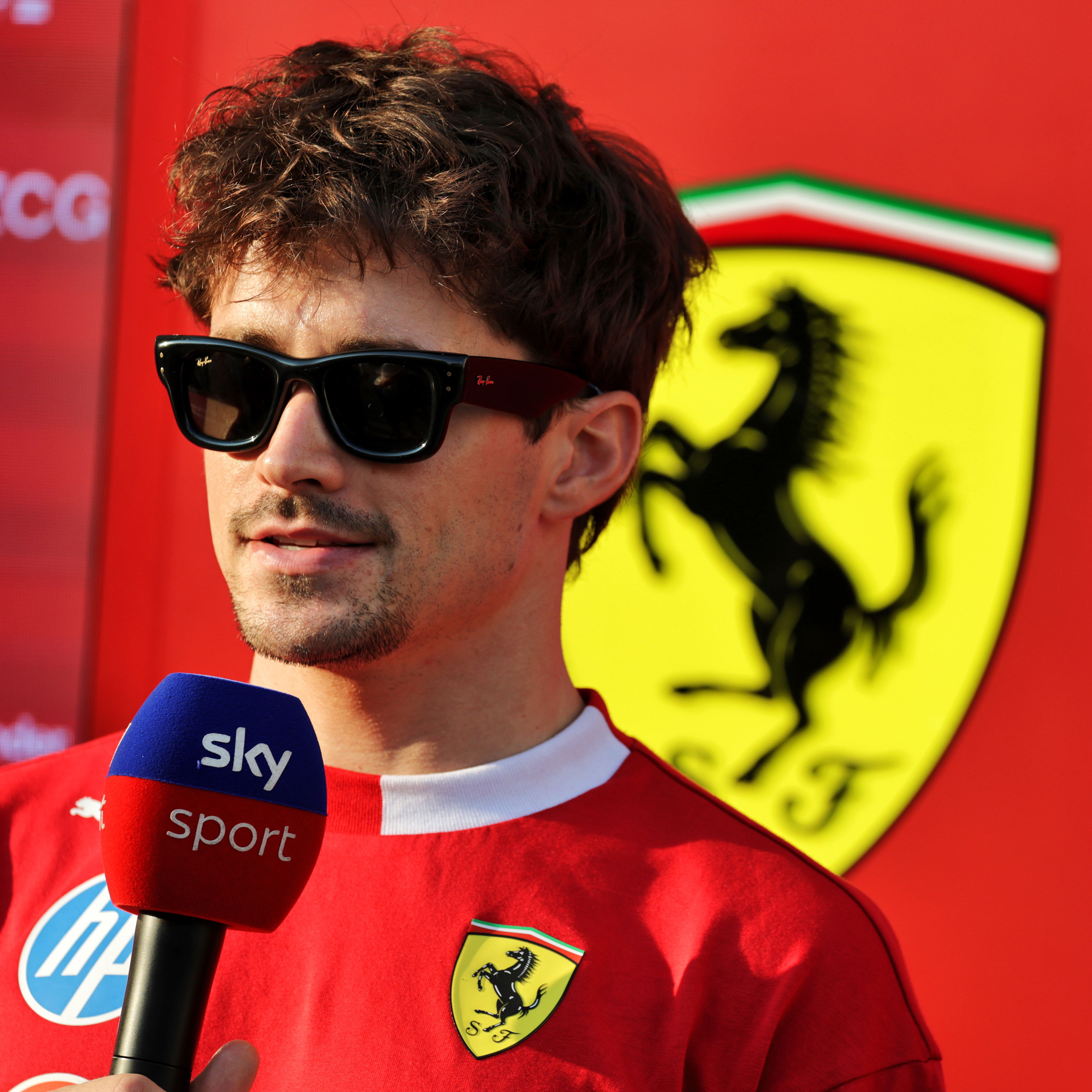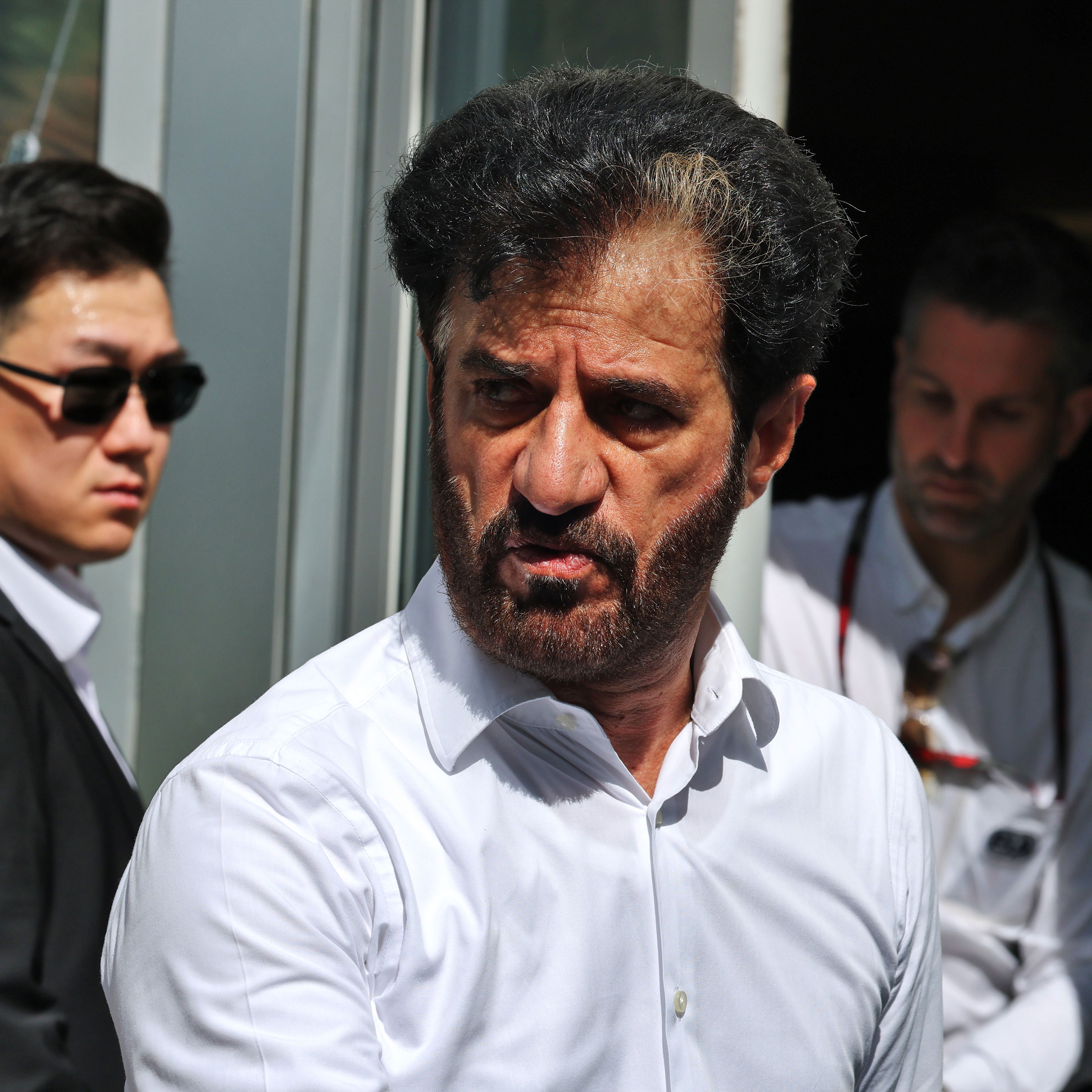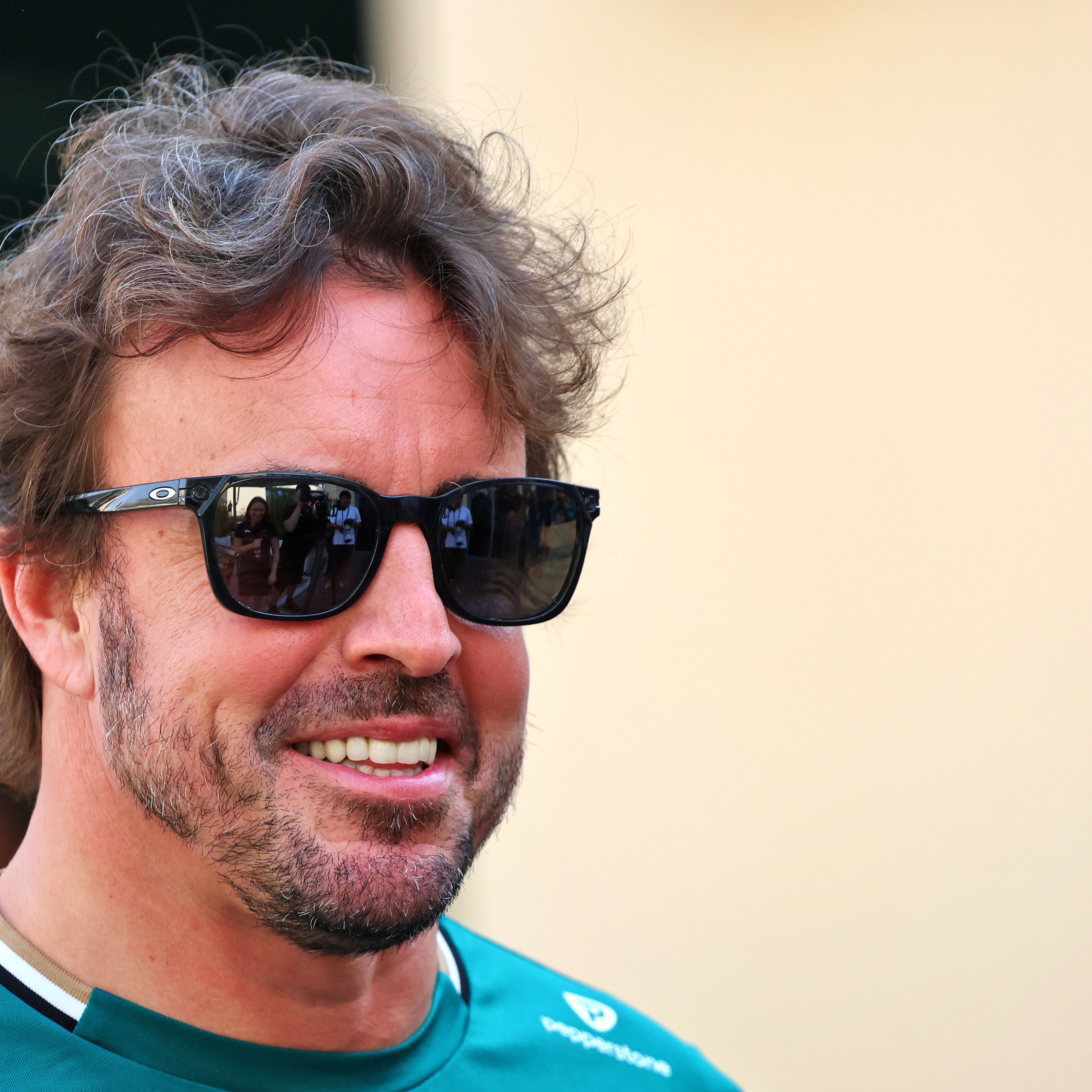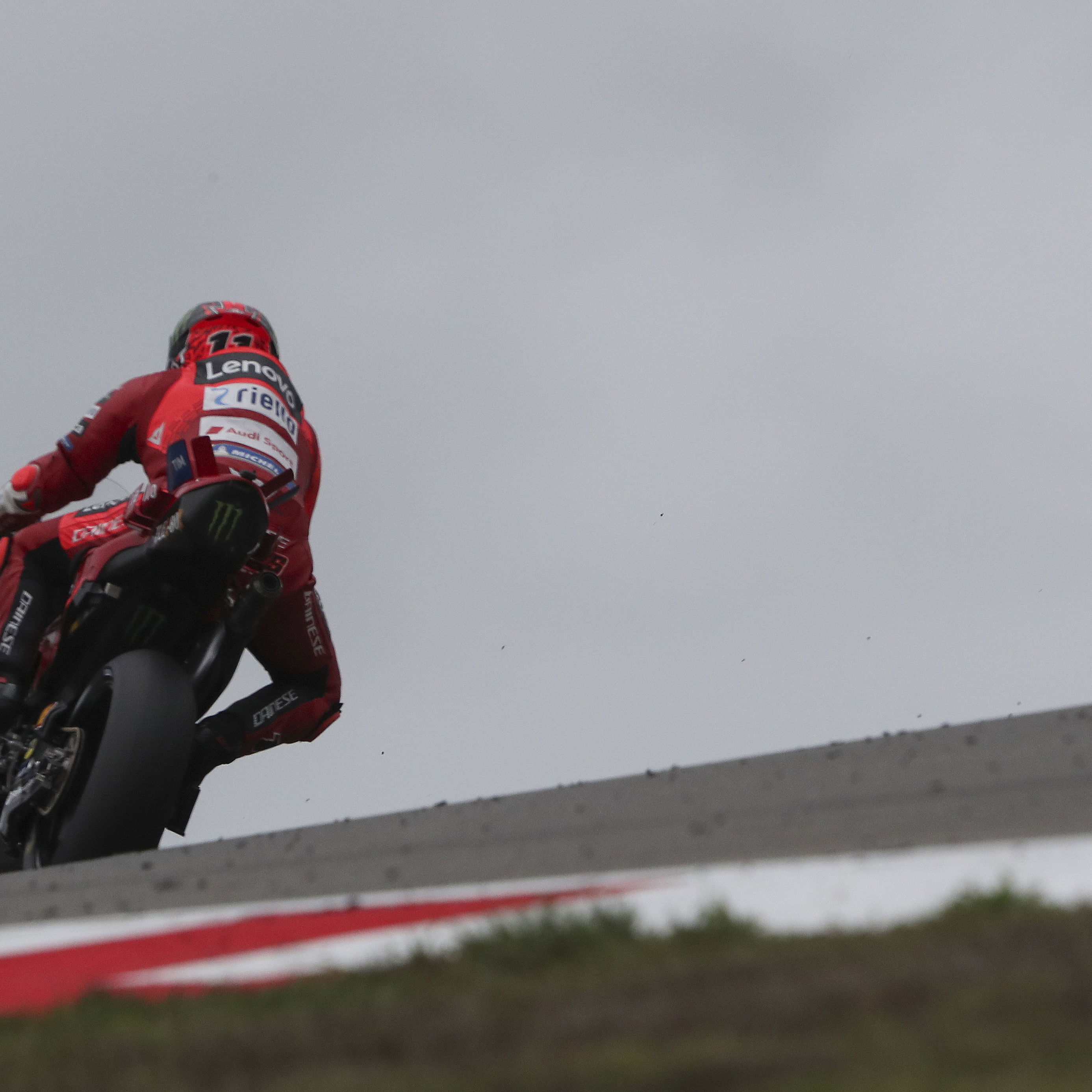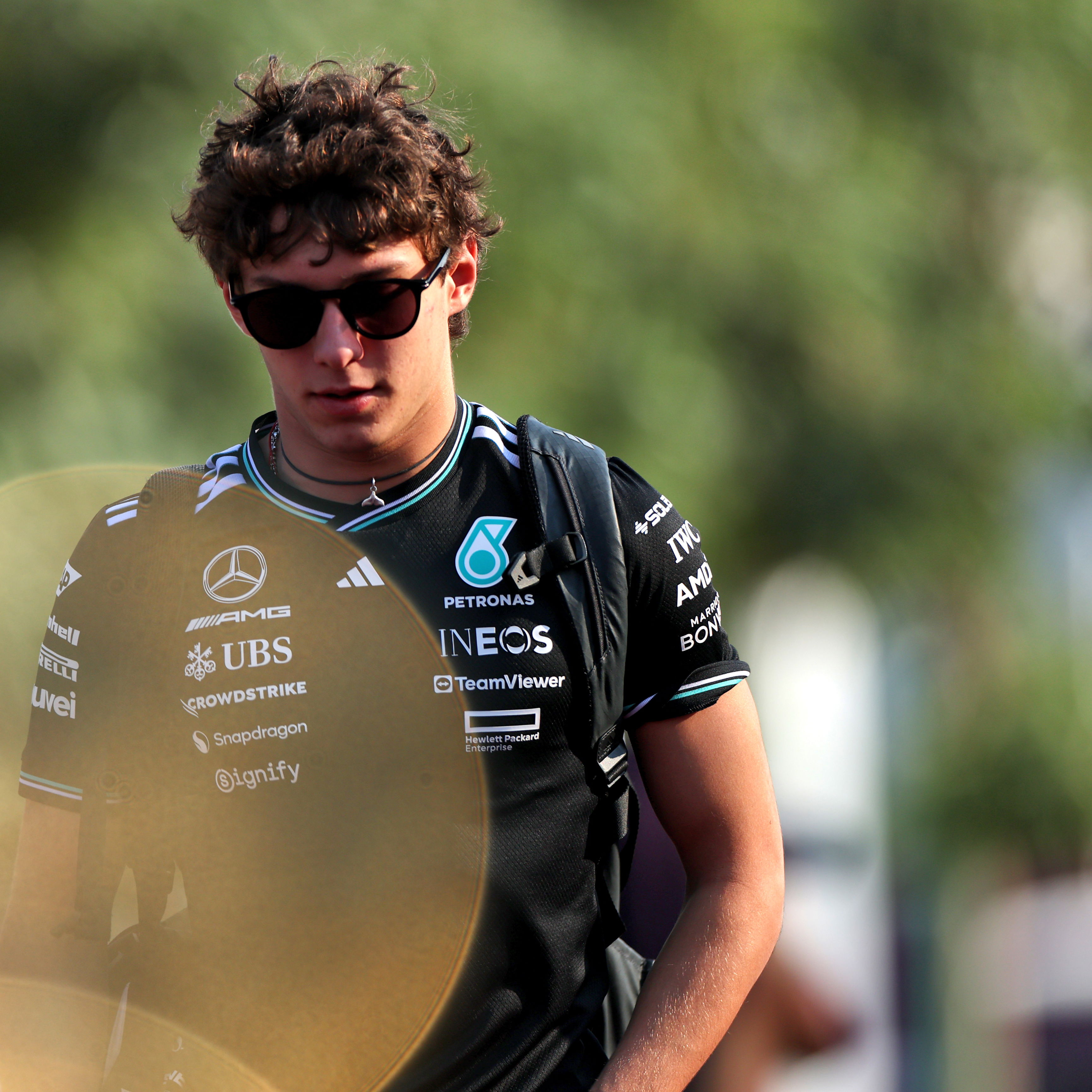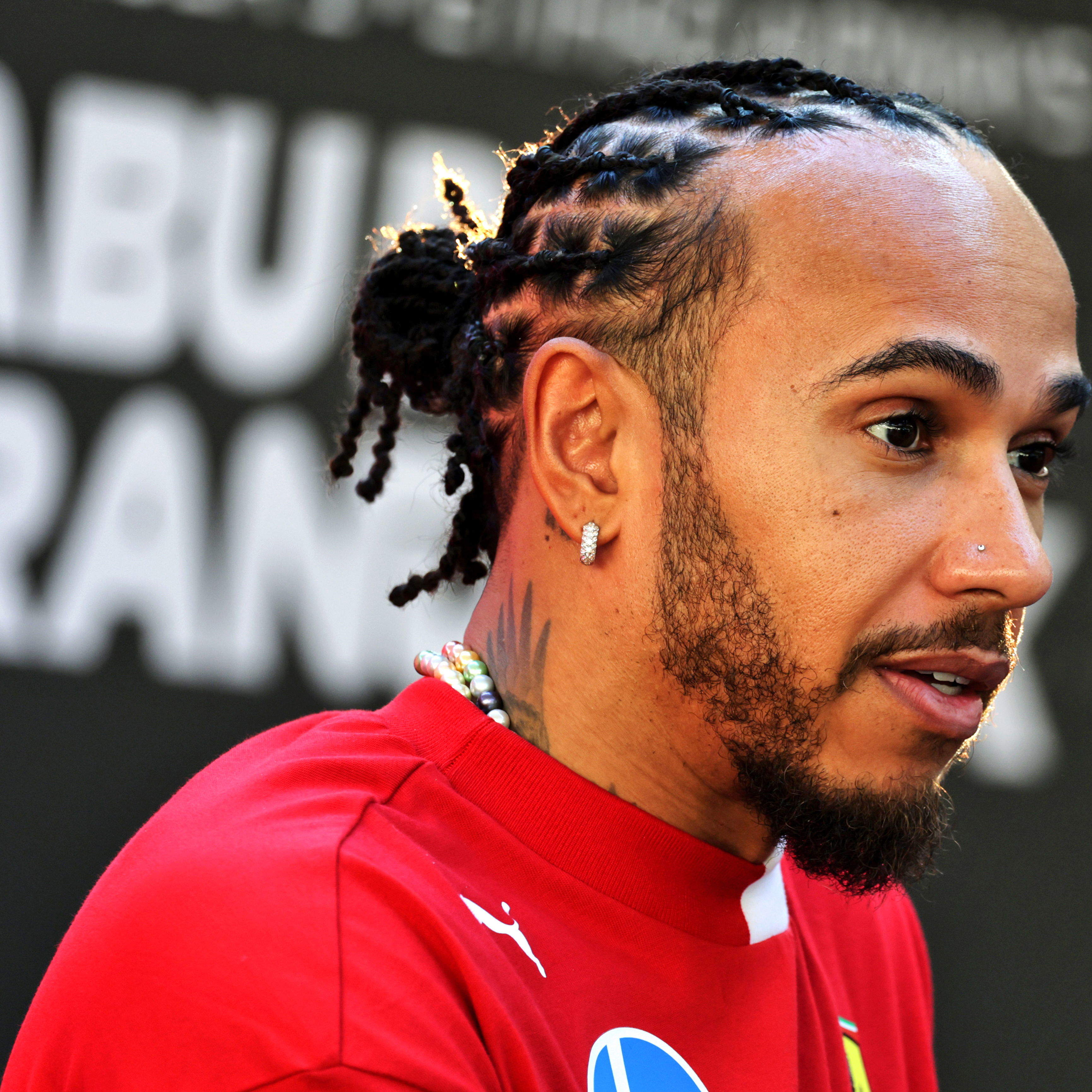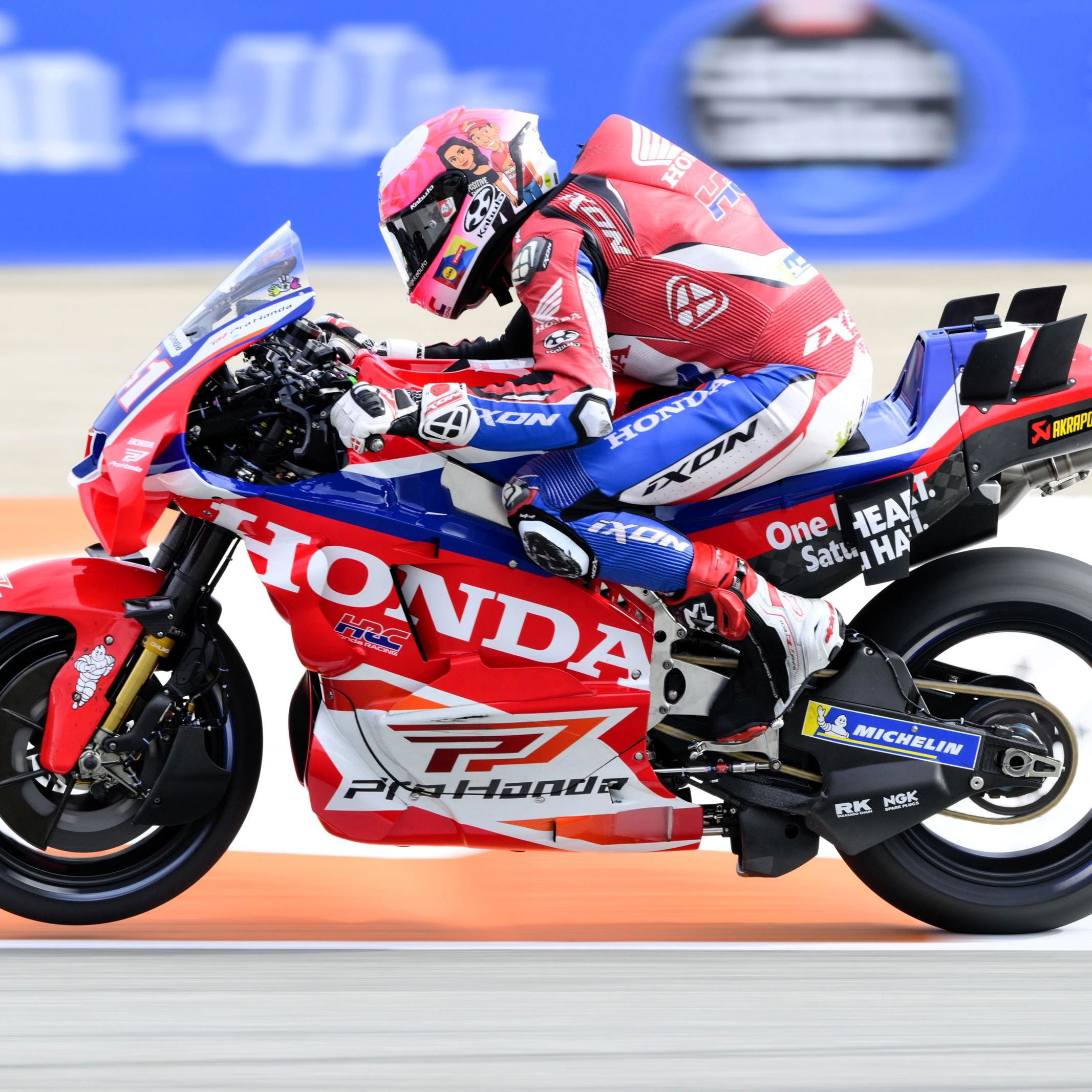Singapore Grand Prix: Engineer's guide to the Marina Bay Street Circuit

The Circuit
Approaching Turn 1: The second fastest part of the track, with speeds of around 290kph reached before Sheares corner. This is followed by hard braking to around 90kph at Turn 3.
Approaching Turn 7: The fastest part of the track, with speeds of around 298kph reached before the sharp left hander of Memorial Corner.
Turns 13 + 18: Two of the slowest parts of the track, with speeds of around 80kph and extensive kerb usage for the quickest line.
Turn 14: Another slow corner taken at just 85kph.
Kerbs: Although kerbs are used extensively here, the majority are relatively flat. The exception to this in the past has been Turn 10, however this corner has been be modified for this year's race.
Lighting: During the event, 108,423 metres of power cables, 240 steel pylons and around 1,600 light projectors with a total power requirement of 3,180,000 watts will be used. With an illumination measurement of around 3,000 lux, the lighting will be four times brighter than that of most sports stadiums.
The Car
Rear Wing: Maximum downforce is required, especially with so many low speed corners and frequent traction demands.
Front Wing: Maximum downforce once again, as understeer could prove costly with the walls so close.
Suspension: There are several high kerbs around the circuit requiring good suspension compliance, although Turn 10 has been re-profiled for this year, meaning the very high kerbs previously in place through that particular corner will be different. Continual braking demands also call for a softer car; a requirement balanced against wanting to run the car as low as possible without wearing the plank too much.
Brakes: Brakes are under constant use here. Although none of the braking demands are individually severe, the relentless nature of continual braking gives scarce opportunity for cooling. This affects the discs, pads and even the brake callipers themselves.
Engine: With an average speed of under 170kph, engine maps are designed to target driveability through the lower revs. Of the 23 corners 10 are taken in second or first, 7 in third and only 1 is taken in fourth gear, meaning the engine is working at between 8,000 and 13,000rpm for the majority of the corner apexes and exits.
Tyres: Pirelli's supersoft compound makes a return alongside the medium, which is a change from the 2012 allocation of soft and supersoft. With 23 corners, the tyres have to perform very well under traction and braking. One of the biggest causes of tyre wear is wheelspin, so rear suspension will be set up to give maximum longitudinal grip. Singapore is a long race - normally running right up to the 2 hour limit - which puts further stress on the tyres; particularly as the cars carry one of the heaviest fuel loads of the year. One factor in favour of the tyres is that - being a night race - the track temperature drops from a peak of around 50?C in the day to closer to 30?C during running times.
Guide provided by the Lotus F1 Team

